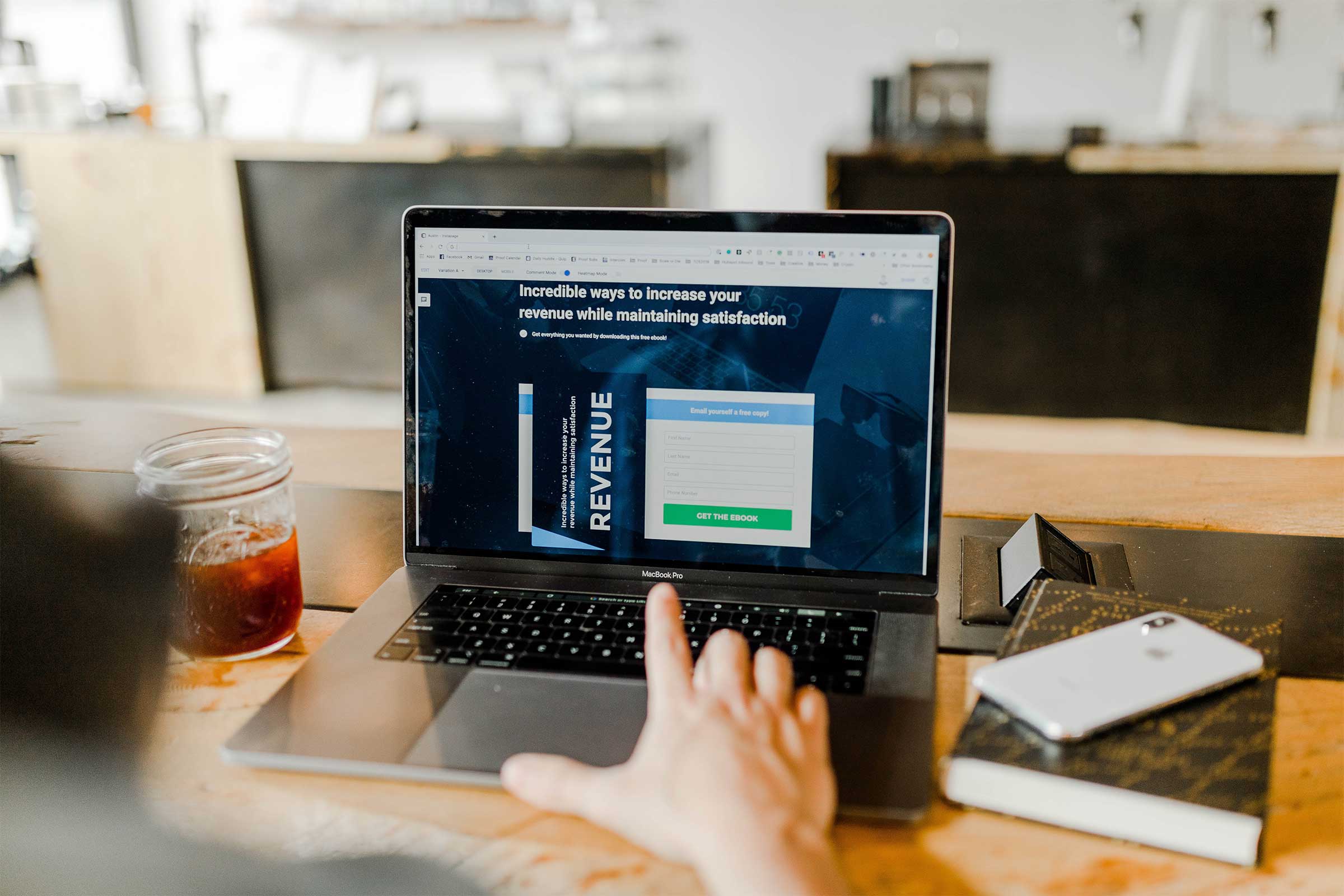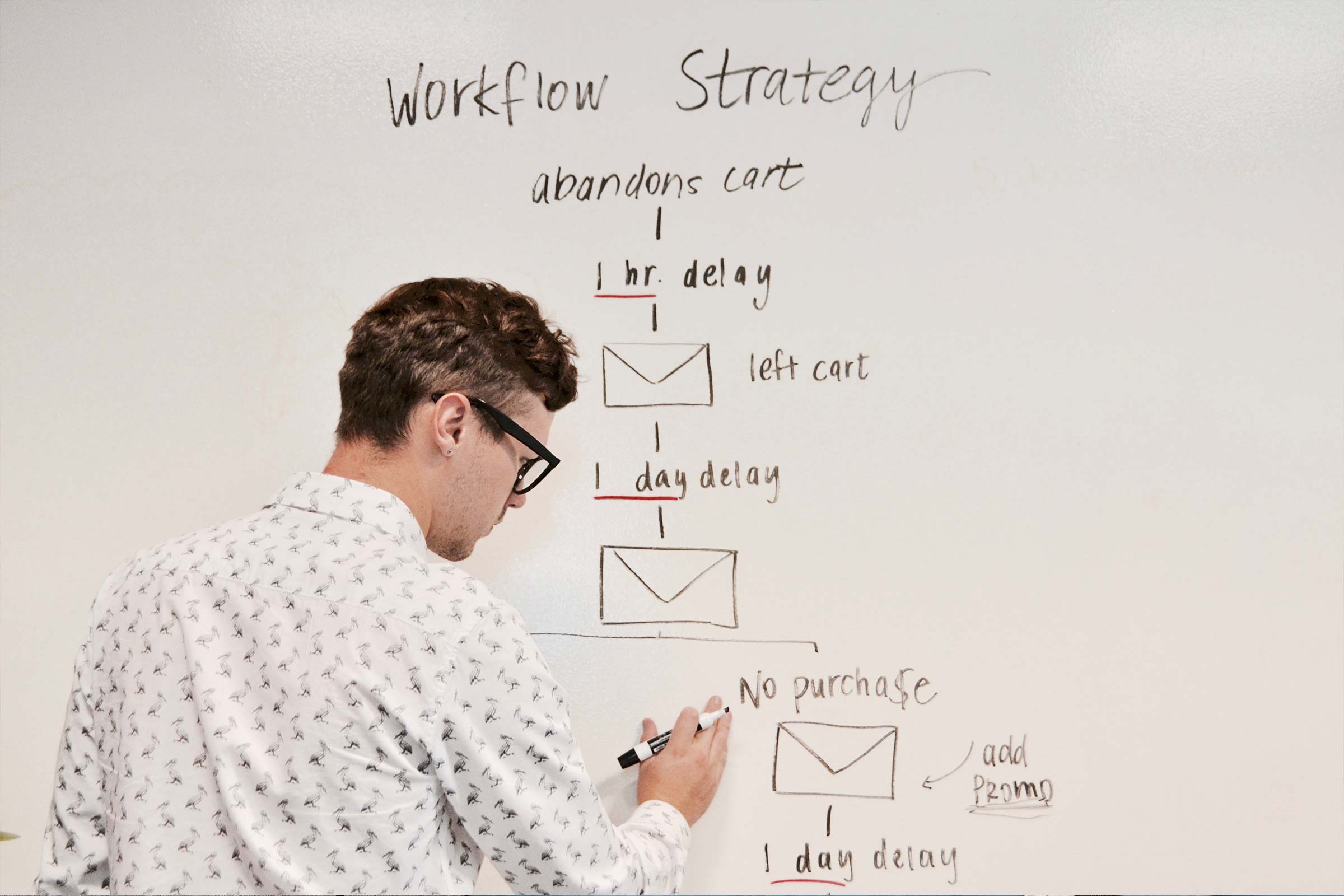We are going through difficult times. Most businesses are struggling. With the lockdown, we might have some spare capacity to consider new marketing activities. It is important to continue engaging our customers and providing them value. It is even more critical to explore new channels to generate revenue. In this article, we will explore eight marketing and new revenue strategies to ensure our businesses survive beyond the lockdown.
1. Create videos to build your brand
Every business needs to leverage on video content to build their brand. You can create videos to share your expertise. For example, if you are in the repair business, you can create a video for each item that you repair. It allows the viewer to look over your shoulder to see how you repair the item. This enables you to demonstrate your expertise and get potential customers to trust you.
An F&B business can create cooking videos. This would allow viewers to create their favourite dishes at home.
Another example of a business using video effectively is physiotherapy services provider – Physiotherabeat. Their videos focus on educating their audience on the different conditions and how viewers can do simple exercises to alleviate their pain. Their Instagram videos add massive value and have garnered more than 2,500 followers for the brand.
2. Provide value with webinars
In-person conferences and events used to be great places to learn about things happening in your industry. Since these are not coming back anytime soon, businesses have brought them online with digital summits and webinars.
Webinars are an opportunity for you to provide value to your customers. You can take a look at all the services you provide and create a webinar topic for each. Alternatively, collate all the challenges that a potential customer would face and address them in a webinar. You can even invite your clients to be a guest speaker on your webinar to provide insights into their industry. The idea with the webinar would be to provide as much value as possible.
3. Use Live streaming for sales and to make video content
When we think of video content, we think of expensive equipment and complicated video editing tools. These are enough to scare most small business away from using video content. With the rise of live streaming on social media, now every business can leverage on videos with ease.
3.1 Live stream for sales – How a fishmonger is leading the way
Facebook Live is being used to sell everything from clothes to fish. Local fishmonger, Max Kee, has been using Facebook Live to reach his customers directly in their homes. They no longer need to make a trip to the wet market to get fresh seafood. His best day of selling on Facebook Live has seen him net SGD96,600 in a single day!
3.2 Live stream your webinar content onto social media
Businesses are leveraging on webinars to provide value to their audience. To enable your webinar to reach a wider audience, you can stream it at the same time onto platforms like Facebook and LinkedIn.
4. Ride on the growth of online learning by teaching
Online learning is a growing area and its growth has spiked with the lockdown and will continue to rise in a post-corona world.
Just like service providers who can package their knowledge and sell it online, as a trainer you can consider to do the same. You can put up your courses for sale using Teachable.com or on Udemy. It is understandable that you would feel apprehensive to charge a few dollars for a course that you would normally charge thousands for. With a higher volume of sales, you can potentially earn more. The other possibility is additional income from your course – this can be in the form of enquiries for customized workshops and more.
4.1 Free training
An example of a free training course that provides value is this on Personal Branding by Waqas Hassn. It is a series of 12 videos that guides the viewer on the steps to creating a successful personal brand. A free course like this helps both the viewer and the course creator. The goodwill generated elevates the brand status of the content provider and makes his viewers more likely to purchase paid courses in future.
4.2 Paid course
An example of a paid course is this one by UX expert Daylon Soh. His course on “Offline to Online Business” helps small businesses bring their business online.
Be it free courses on YouTube or paid courses, online teaching is definitely something for your business to implement.
5. Embrace e-commerce
We have been hearing about the e-commerce wave for the longest time. E-commerce spend in Singapore was almost US$8 billion in 2018 with Singaporeans spending almost four times more than the global average.
The current business environment necessitates that all businesses explore new channels for revenue and e-commerce must be made a top priority.
5.1 Retailers have to embrace e-commerce with their own website and via marketplaces
Your business can use e-commerce to continue serving your customers. An e-commerce website can be setup easily using e-commerce enablers like Shopify. Since business owners are always mindful of their cashflow, you would be glad to know that their monthly fee is only USD 29 per month.
You can get a free 90-day trial of Shopify here: https://www.shopify.com.sg/
Besides setting up your own e-commerce website, you can leverage on marketplaces like Shopee, Lazada, Qoo10 and Amazon. Enterprise Singapore recently launched the E-Commerce Booster Package to help small businesses to start selling online.
You can find out more about the package at: Enterprise Singapore E-Commerce Booster
5.2 Service-providers can use e-commerce
Using e-commerce need not be limited to retailers, even service businesses can use e-commerce. You can package your services and put them up for sale.
For example, design house 2S Creative, offers two packages for their design services. Customers can purchase either package and the team can get to work.
5.3. E-commerce as an F&B business
F&B businesses are amongst the hardest hit by the lockdown. With dine-ins not allowed, they now rely solely on takeaways and deliveries via foodpanda and Grab. In the unlikely event that you are still not on either food delivery platform, I highly recommend that you sign up. They may take a commission on each sale but their marketing efforts and strong ecosystem are worth the investment.
If you are averse to paying a commission on each sale, you can consider using food ordering systems like Oddle and NinjaOS. These can help you streamline your channels for receiving orders as well.
6. Pivot to survive
Many businesses are completely changing their business model to survive. You might need to pivot to ensure your business survives the coronavirus.
6.1 Focus on one thing
If you are in the F&B space, you can consider focusing on the best-selling item on your menu and sell that via e-commerce.
A success story is Singapore-based cheesecake retailer – Cat & The Fiddle. They retail only cheesecakes and went from 30 sales a day to over 3,000 a month.
The focus on one item reminds me of the great book, The One Thing. It talks about how the focus on one thing can help simplify your work and generate more results. This can be seen in the success of home based retailer of roti kirai. Their focus on one food dish and online only orders via their website has led to remarkable growth.
6.2 DIY Kits
Food businesses have always closely guarded their recipes. The fear has been that if their recipes are known their competitors can create similar tasting copies or that their customers will create it at home and not visit. This perception is slowly disappearing with DIY kits that enable the customer to recreate their favourite dishes at home.
A number of food businesses in Singapore have launched DIY kits including the famed 2am:dessert bar. You can bake your favourite desserts with their Bake At Home baking kits. These cooking meal kits give you the exact amount of ingredients with instructions to guide you.
7. Start digital advertising
Digital advertising allows you to put your brand in front of your target customer. It is a cost-effective way to reach your customers. A large number of SMEs that I speak to believe that digital advertising is expensive. This is not the case. You can set a budget before starting your campaign and your spend remains within that budget. The great thing about digital advertising is the ability to measure the success of your campaigns. You would know exactly how many people saw your ad, how many clicked and how many took the action.
To help SMEs who have been advertising with them, both Facebook and Google are offering ad credits and grants to help small businesses tide through this period.
8. Provide online consultations
If you’re a service business like a digital agency, you can consider offering online consultations. This will enable a potential customer to engage you over videoconferencing. As customers look to reduce costs, getting access to an expert would be an economic option as compared to hiring an external agency.
It is necessary for your business to embrace the above strategies during the lockdown. Your efforts in sharing your knowledge via video and providing value to your potential customers will pay off in the future.
Do let me know if you took action in the comments below.
If you’d like to consult with me for your business and or marketing, do drop me a note on the contact page.



